Deck & Commander Strategies
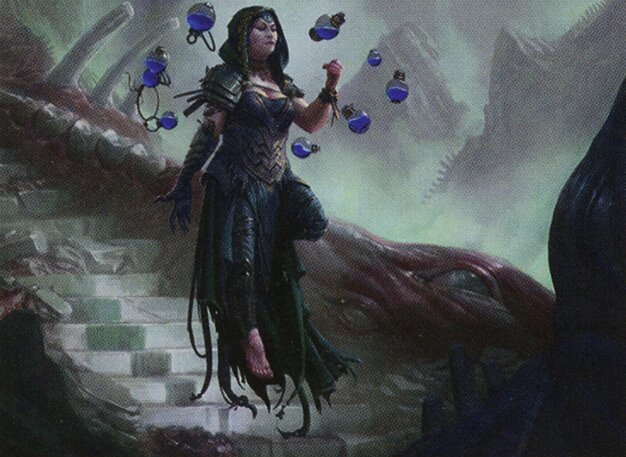
Kess, Dissident Mage
Leverages powerful instant and sorcery spells to control the board and generate card advantage, aiming to disrupt opponents and close out the game through efficient spellcasting and recursion.
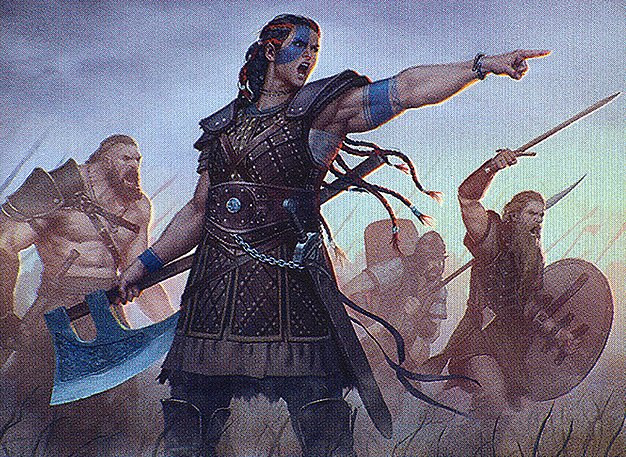
Saskia the Unyielding
Aggressive human tribal deck focused on dealing damage quickly by targeting different opponents with each attack, amplifying combat damage to pressure the table and create cascading threat sequences.

Winota, Joiner of Forces
Focuses on deploying non-human creatures early and then triggering Winota's ability to cheat powerful human warriors onto the battlefield, aiming to overwhelm opponents with sudden explosive combat presence.
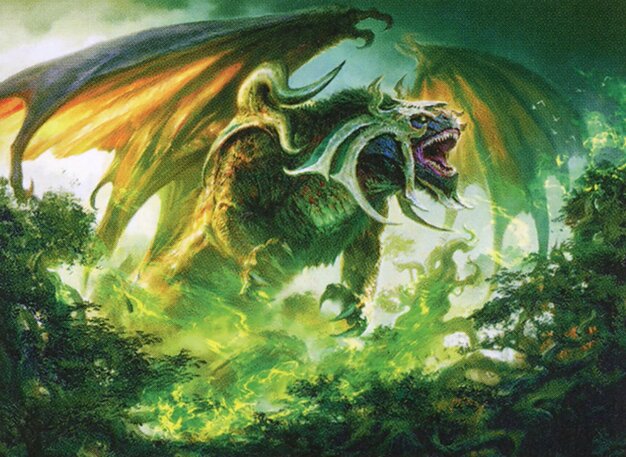
Rith, the Awakener
Token generation strategy that creates a swarm of saproling creatures to outnumber and overpower opponents, using the board presence to apply constant pressure and outlast control decks.
Gameplay Insights
- 1
Players used negotiation and table politics to manage aggression and potential lethal threats, demonstrating the importance of social dynamics in Commander.
- 2
A card limiting the number of spells per turn was played, significantly impacting the pace and tempo, forcing players to prioritize key spells carefully.
- 3
The use of counterspells and threat assessment was crucial in deciding whether to accept proposed deals and avoid immediate board wipes or lethal damage.
- 4
The human tribal deck capitalized on swing attacks targeting multiple opponents to maximize damage output, pressuring the table strategically.
- 5
Token generation by Rith provided a steady board presence, forcing opponents to consider board wipes or removal to regain control.
- 6
Kess's spell-focused deck aimed to maintain card advantage and control, leveraging recursion and disruption to stay relevant through the game's mid and late stages.
Notable Cards
-
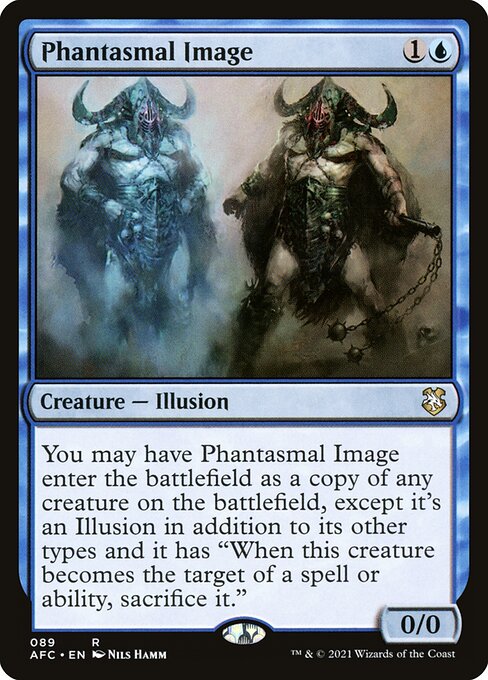
Phantasmal Image
-

Loyal Apprentice
-
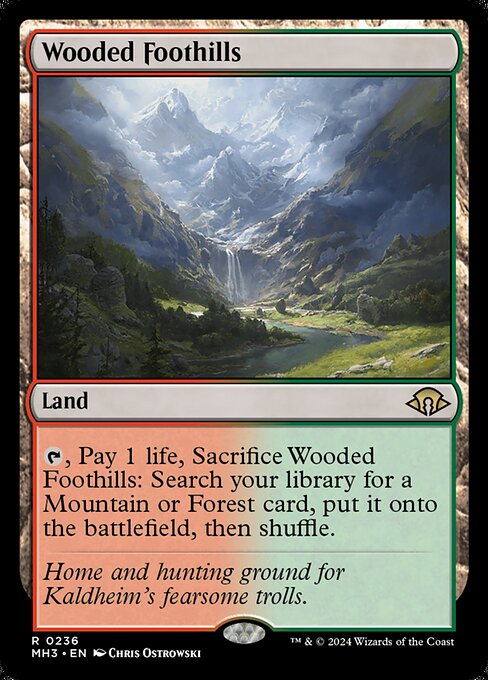
Wooded Foothills
Gameplay Summary
The game featured a competitive and high-interaction four-player Commander match with Kess, Dissident Mage; Saskia the Unyielding; Winota, Joiner of Forces; and Rith, the Awakener.
Early turns focused on ramping mana and establishing board presence, with key spells like Soul Ring and various human creatures coming into play.
The players negotiated and attempted to balance aggression and defense, with Saskia pushing a human tribal aggressive strategy, Winota aiming to flood the board with warriors, and Rith focusing on generating token creatures to overwhelm opponents.
Kess worked on controlling the game's pace through spellcasting and card advantage. A notable turning point was when players debated rule zero and ban list restrictions, reflecting the casual yet competitive nature of the game.
Mid-game saw a tense moment where a player considered a deal to avoid immediate threats, but counterspell potential and lethal board states kept the tension high.
There was an instance of a player punishing others with a card that limited spell plays per turn, causing a temporary stall in the game flow.
The game was characterized by strategic combat decisions, negotiation over targeting, and attempts to capitalize on board wipes and token generation.
The match's dynamic revolved around utilizing each commander's unique strengths—aggression, token production, and spell control—to seek the win condition, which largely depended on outpacing opponents through combat damage or overwhelming board presence.





























![Commander Versus Series: Rith (Justin Parnell) Vs. Treva (Stephen Green) [Magic: the Gathering] thumbnail](https://i.ytimg.com/vi/cBCPJZhQSp4/sddefault.jpg)













![Planechase Party [Commander VS 304] | Magic: the Gathering Commander Gameplay thumbnail](https://i.ytimg.com/vi/CkGLzCD115Q/sddefault.jpg)

